Why Does Your Heartburn Become Adverse At Night?
We know how unpleasant it is always when we suffer from a heartburn. It’s too difficult to bear that burning sensation in your chest. But you may wonder why it always happens when you’re trying to get some sleep. Why is it more likely to happen at night?
Reason is natural force of gravity as it doesn’t work in your favor when you’re lying down. But when you sit or stand, gravity helps move the food into the stomach through esophagus.
“But when you are lying down, you lose gravity’s help in allowing your esophagus to clear food, bile and acids. And that can allow for heartburn to happen,” says gastroenterologist Scott Gabbard, MD.
He says, every person’s experience with heartburn is different. Some have heartburn symptoms during day while some feels it tougher to control at night.
What causes this burning sensation?
When you eat food, it passes to your stomach through esophagus. A muscle controls the opening between esophagus and stomach. Usually it remains closed except when we swallow food.
Heartburn occurs when this muscle fails to close after passing the food and allowing acidic content of your stomach travel back up to the esophagus. This is called reflux in medical terminology. When acidic content touches the esophagus it creates a burning sensation and we call it heartburn or more formally gastroesophageal reflux disease (GERD). About 10-20% of adults have heartburn problems.
A body pillow or sleeping position could help
Doctor always advises patients to elevate the headside of the bed. However with this patients have mixed results. Dr. Gabbard also recommends using a body pillow that helps you lie on left side with your head elevated.
Lying on left side allows acidic content to pass to the stomach back through lower esophageal sphincter and elevated head allows gravity to to the job.
Tips to reduce heartburn
Lose weight. People who are overweight are at greater risk of suffering from heartburn.
Stop smoking
Eat less fatty meals especially during night.
Give atleast 3 hours after eating to go to bed. Stomach takes usually 4-5 hours to empty the meal.
Use acid reducing medicines.
Usually too much spicy foods create a heartburn problems with the people. It is always advised everyone to keep food sensitivities in their mind and avoid food that creates digestion problem.

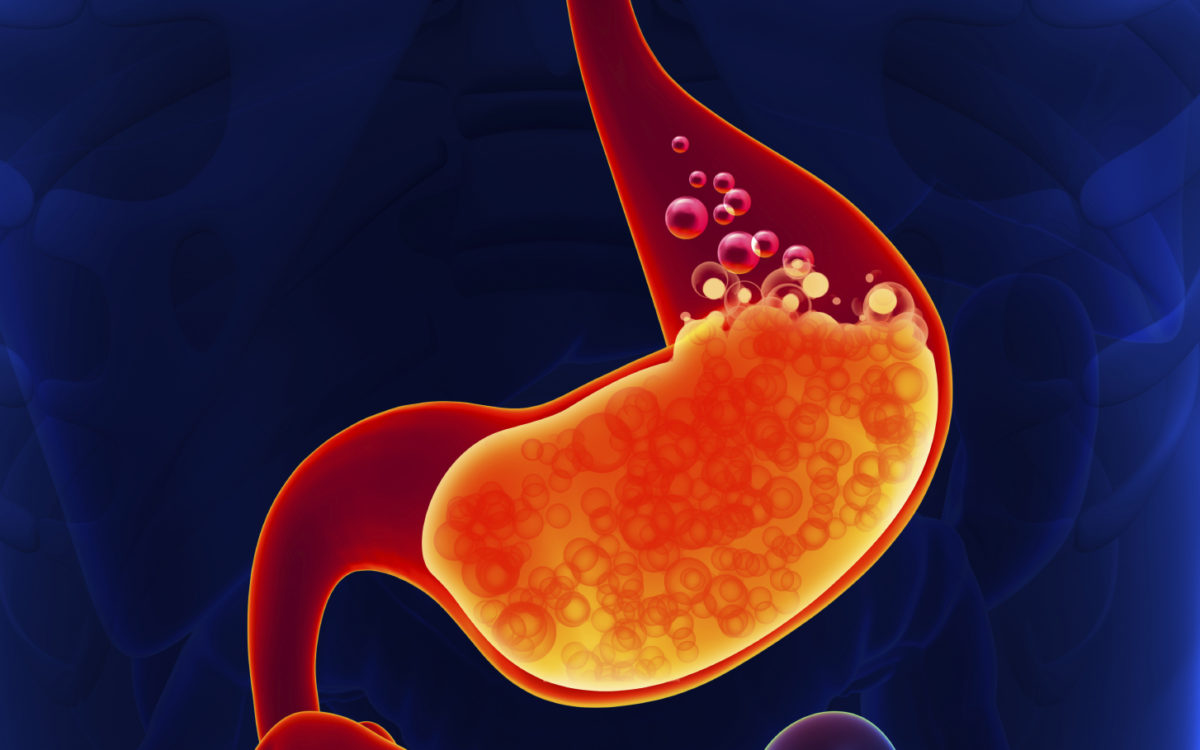
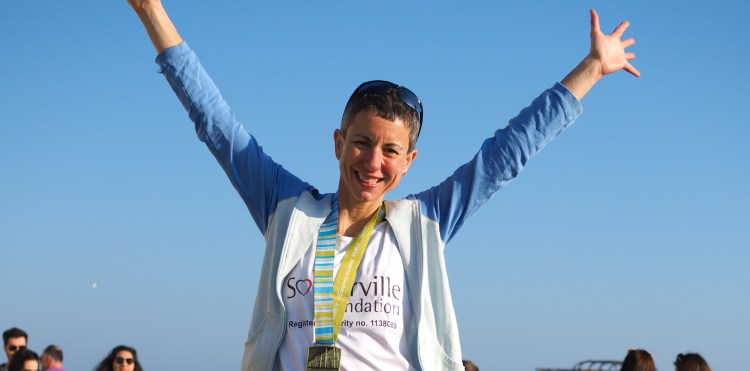
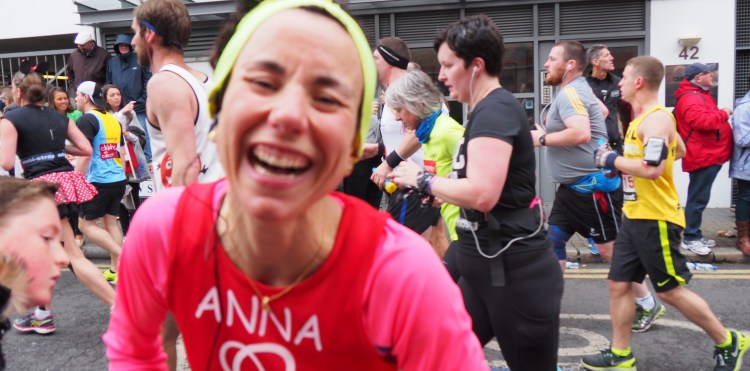 Anna wanted to run for charity and raise awareness to those people like her and tell them that they can lead a normal life as well. Her cardiologist wasn’t much happy but he understood her motivation.
Anna wanted to run for charity and raise awareness to those people like her and tell them that they can lead a normal life as well. Her cardiologist wasn’t much happy but he understood her motivation.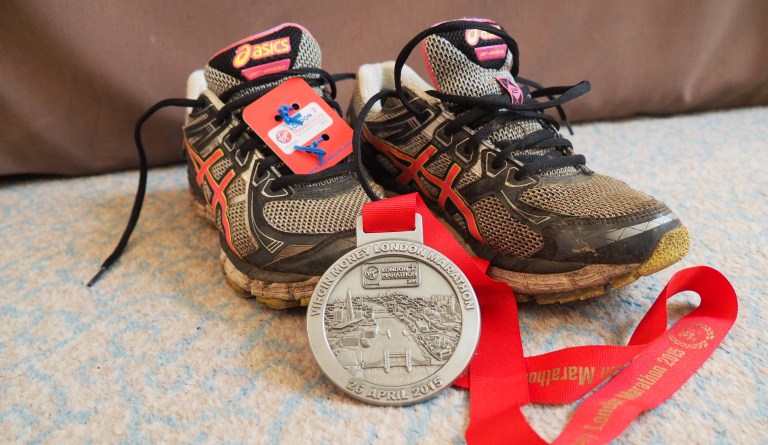
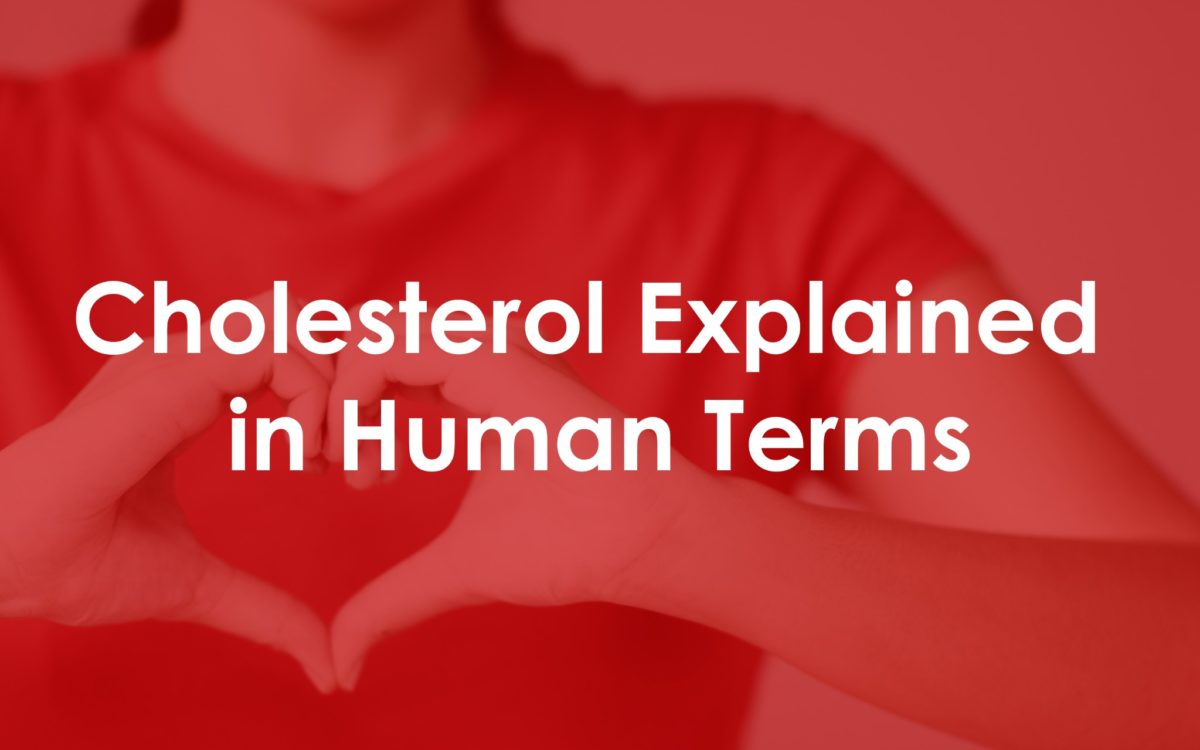
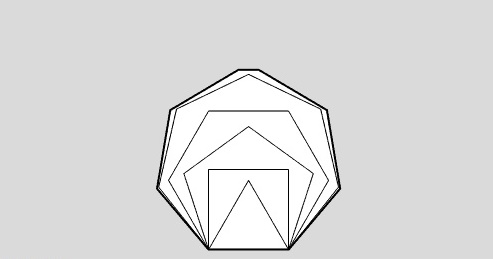
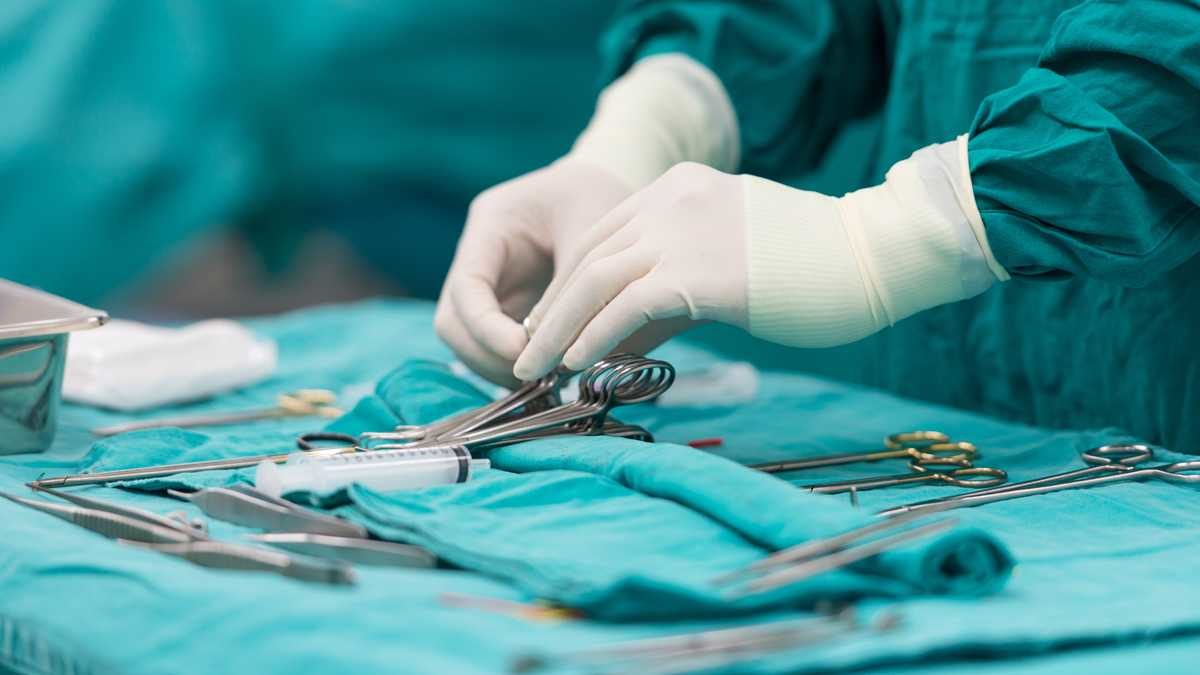
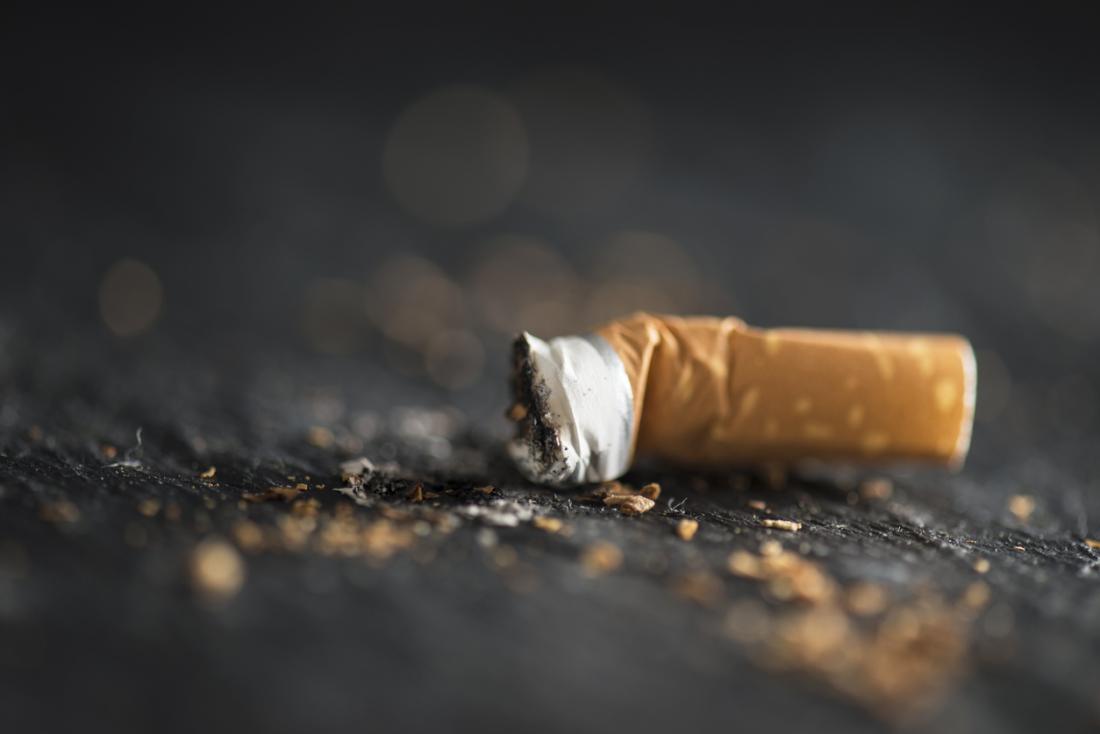

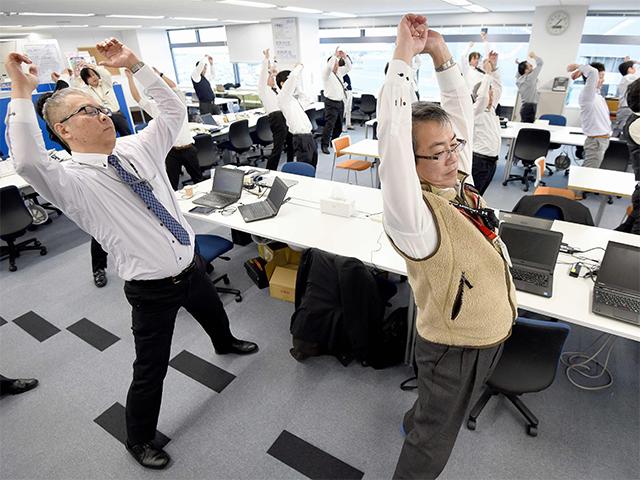 Adoc INternational staffs practice “rajio taiso”, an exercise routine often learned in schools.
Adoc INternational staffs practice “rajio taiso”, an exercise routine often learned in schools.
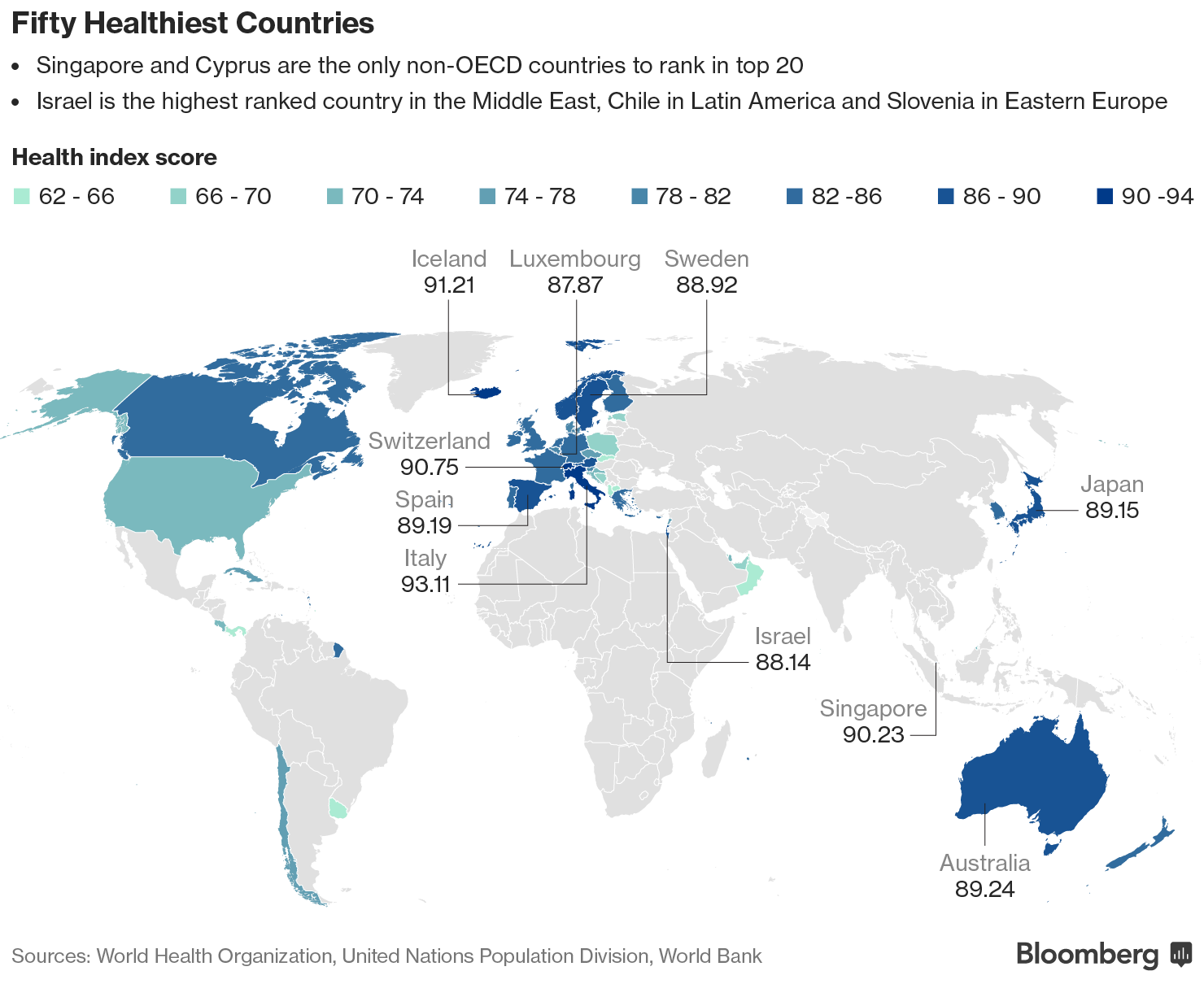
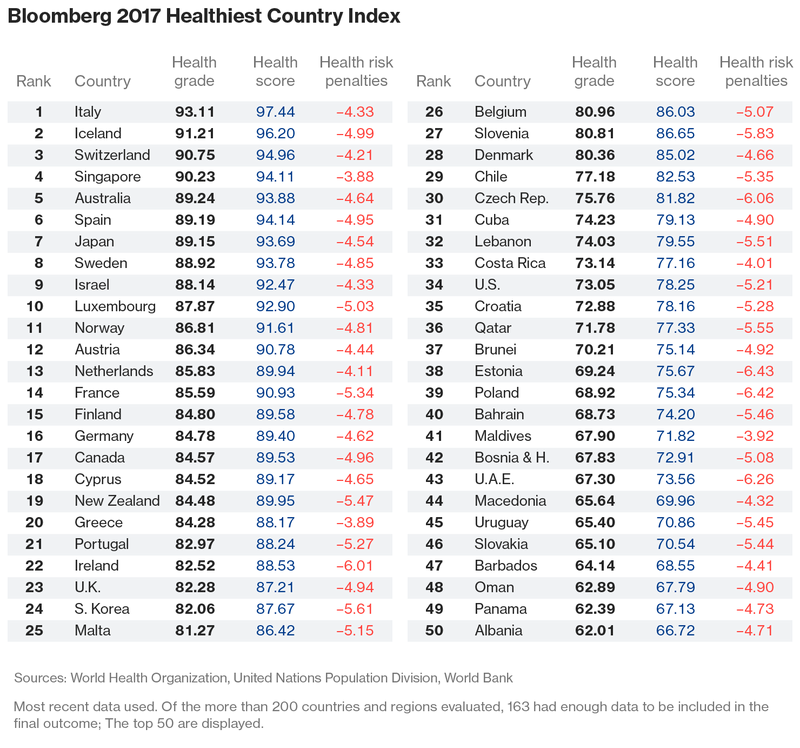
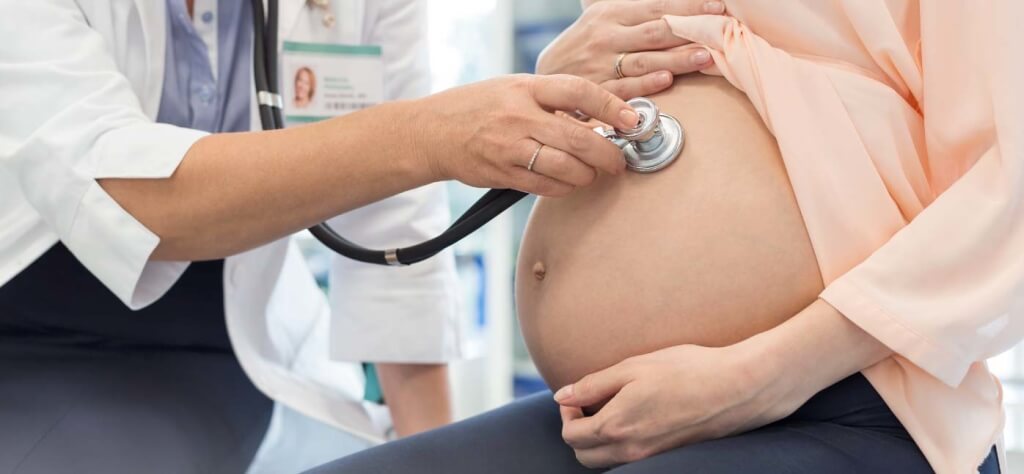
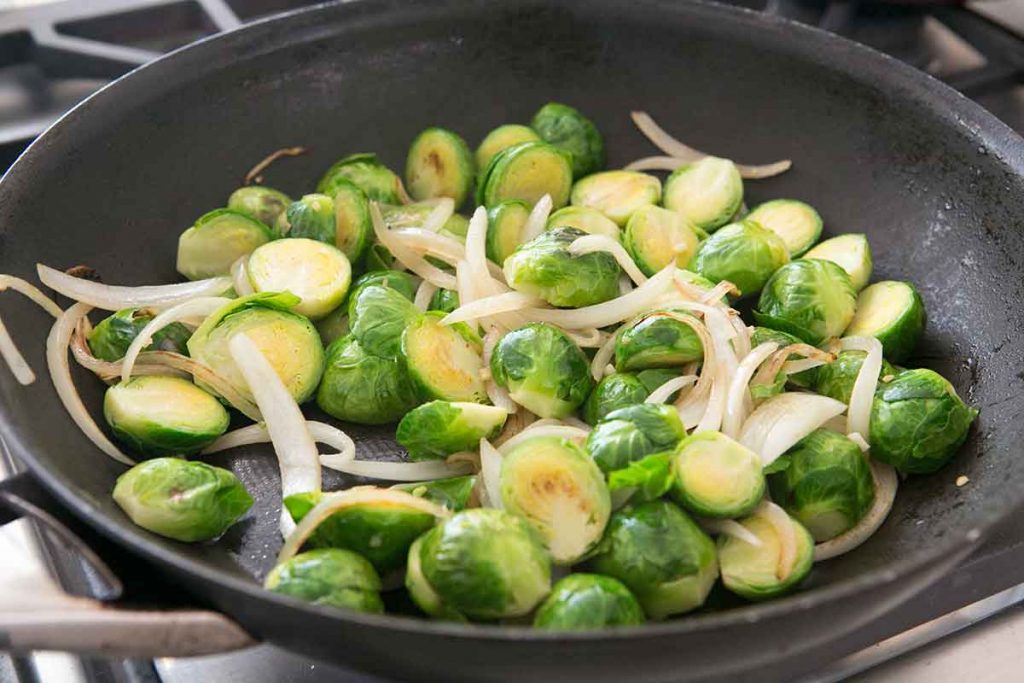
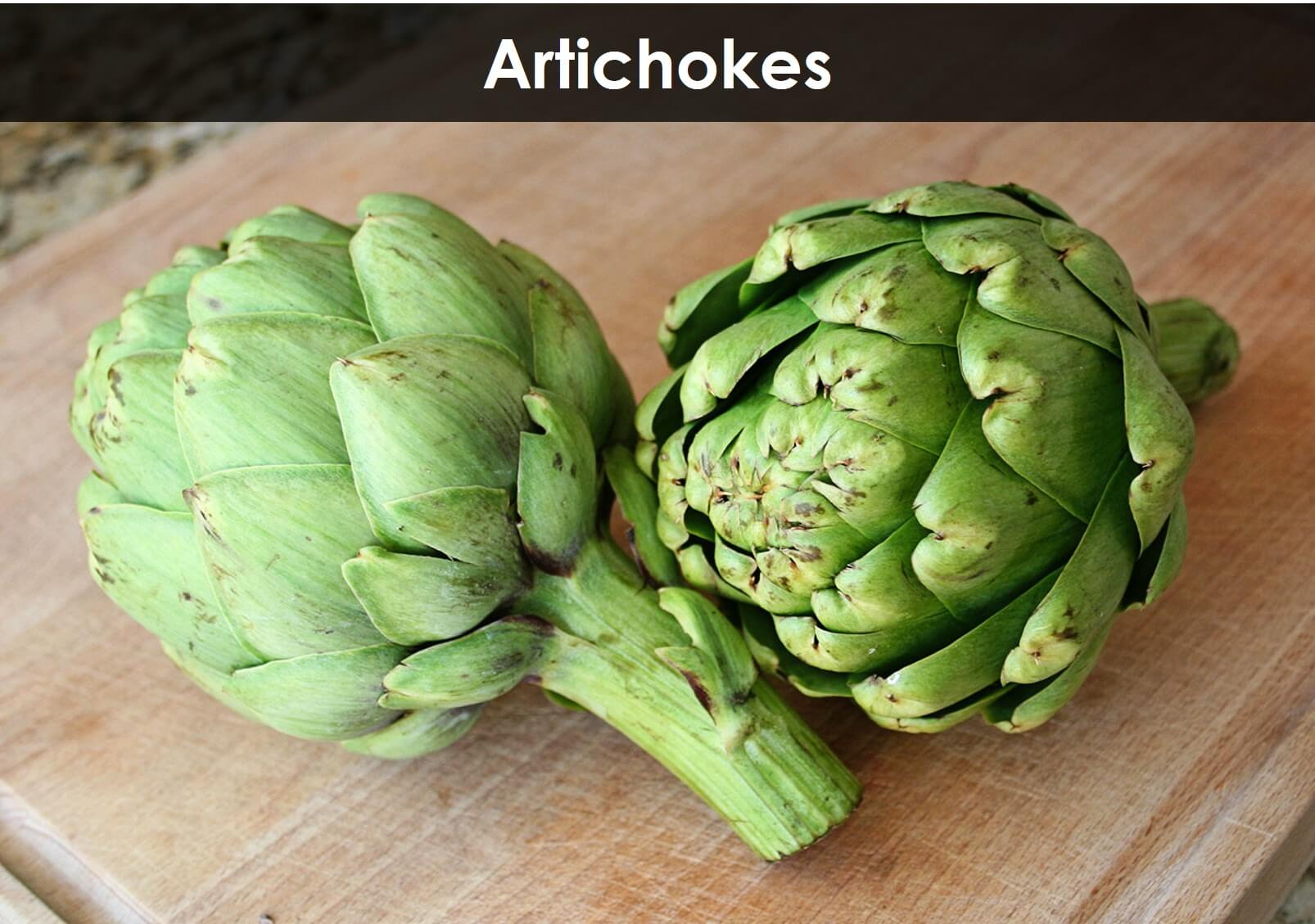
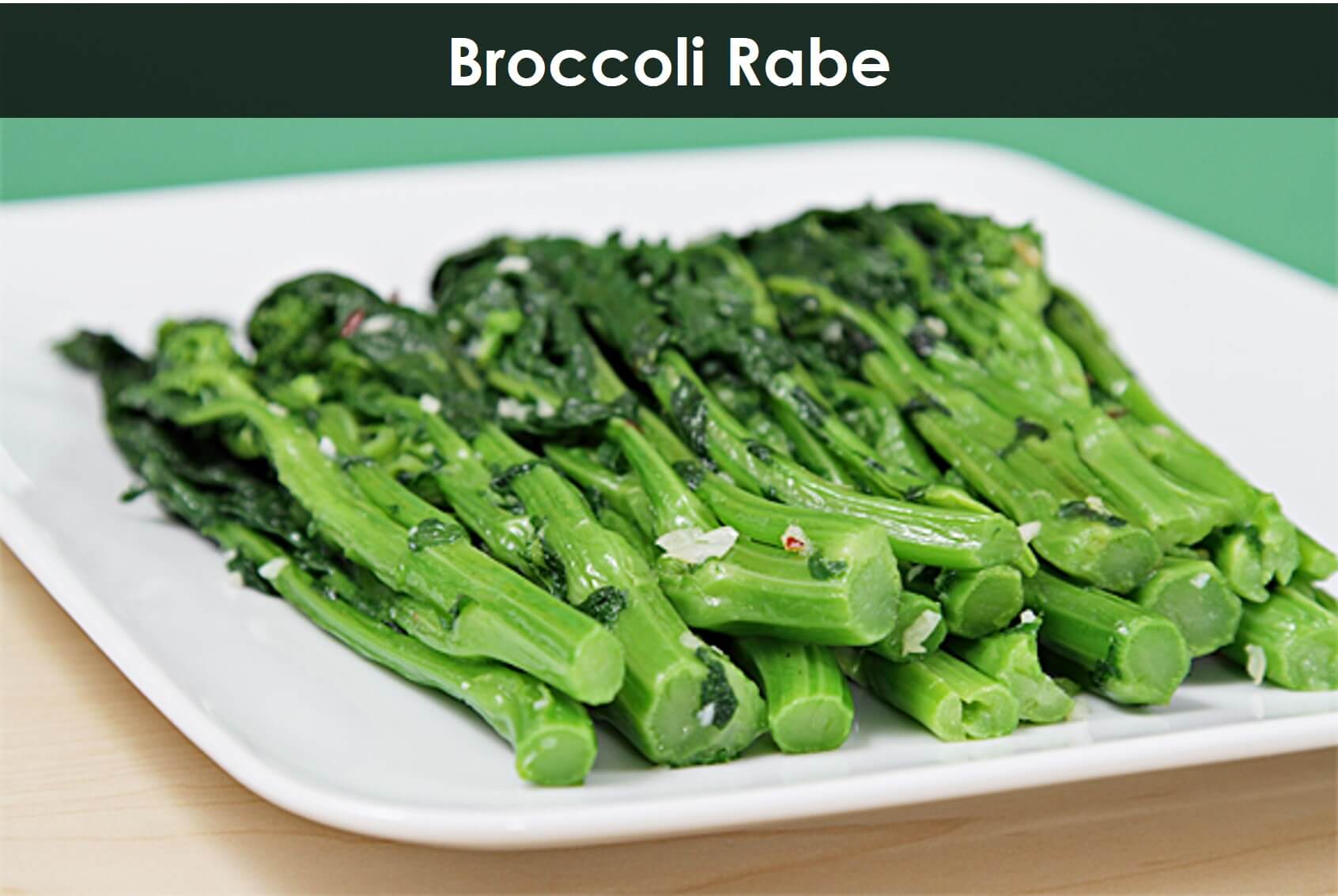
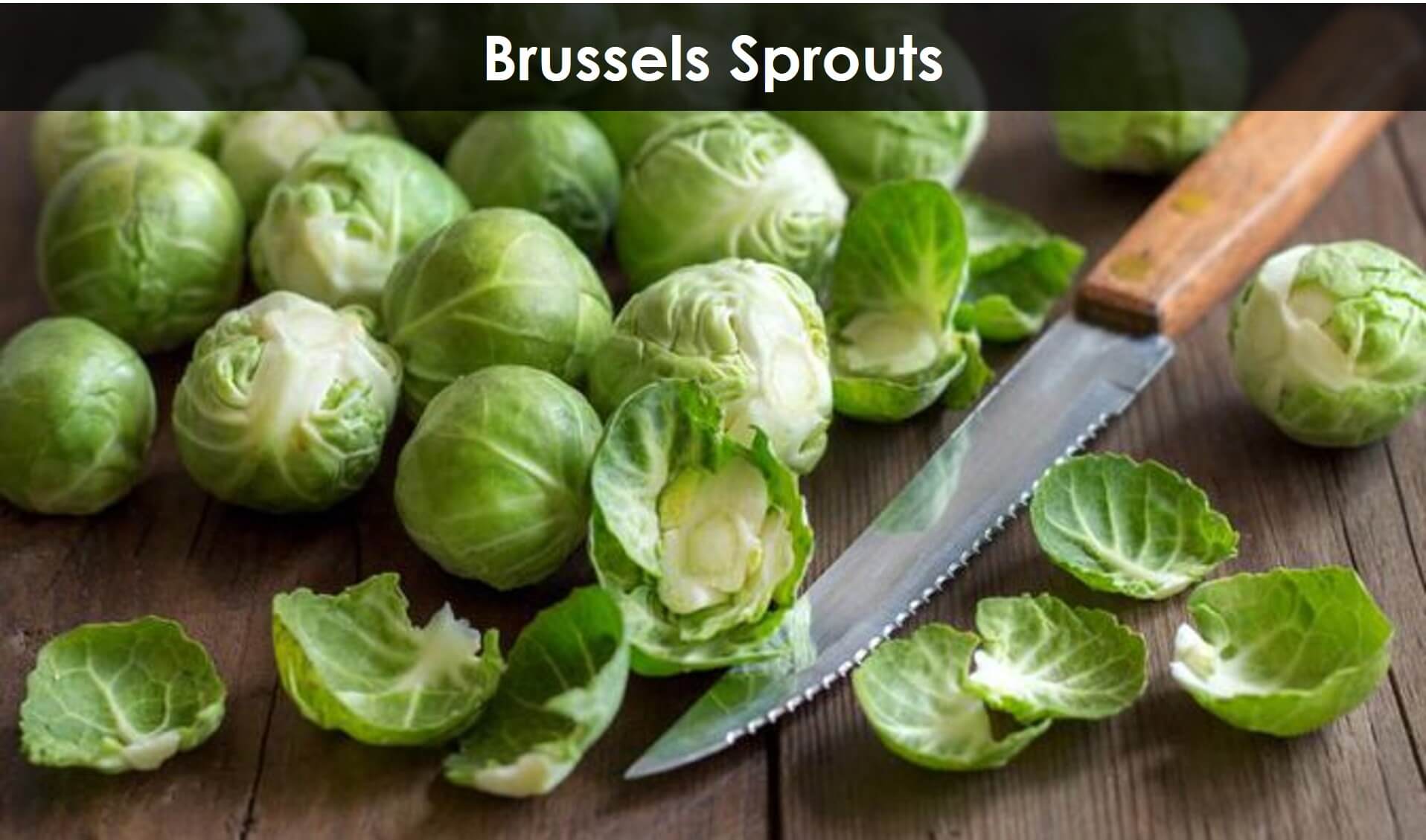


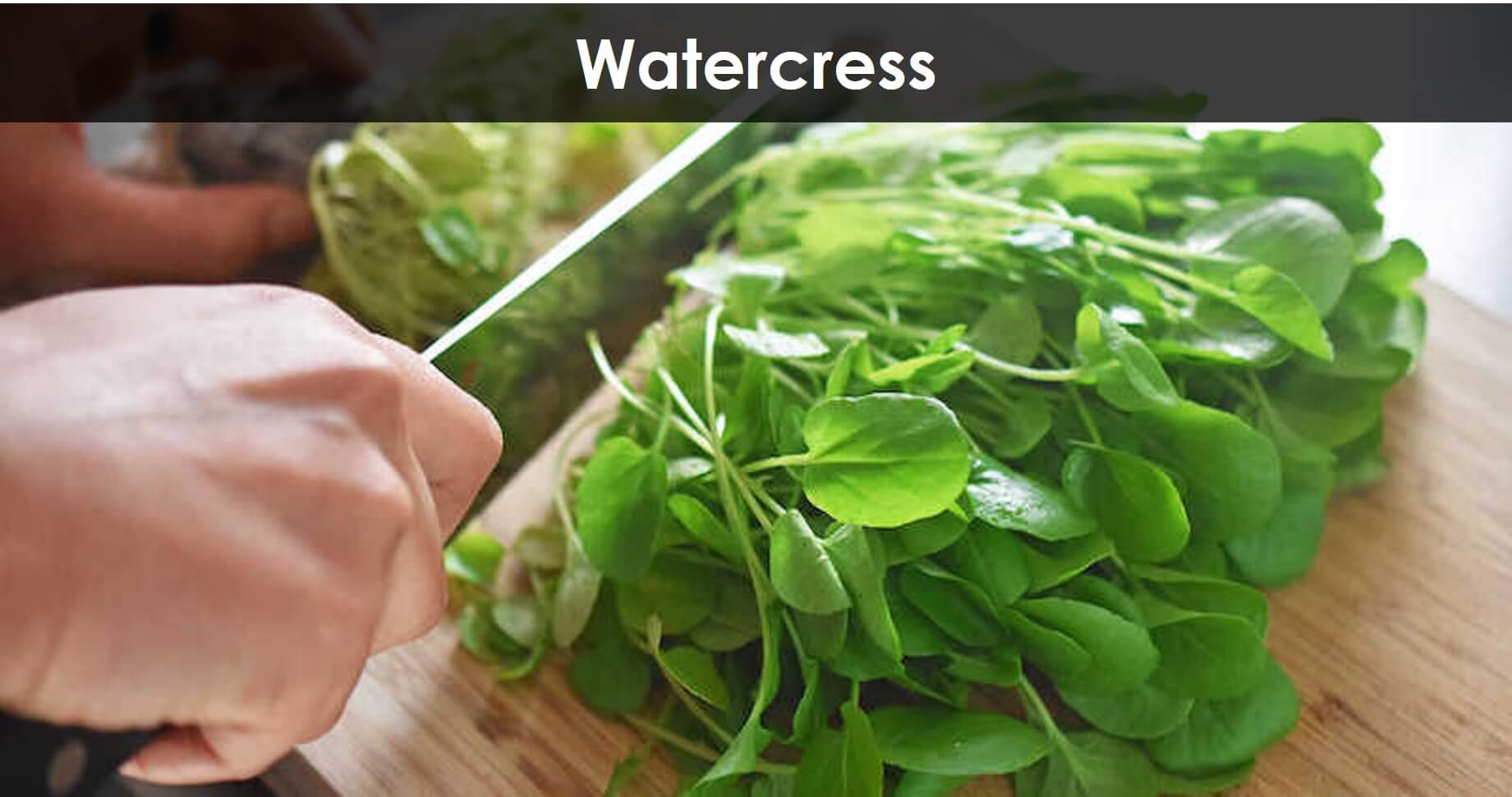
Recent Comments